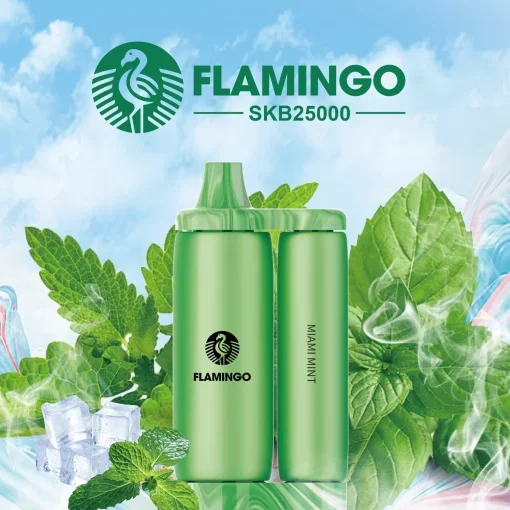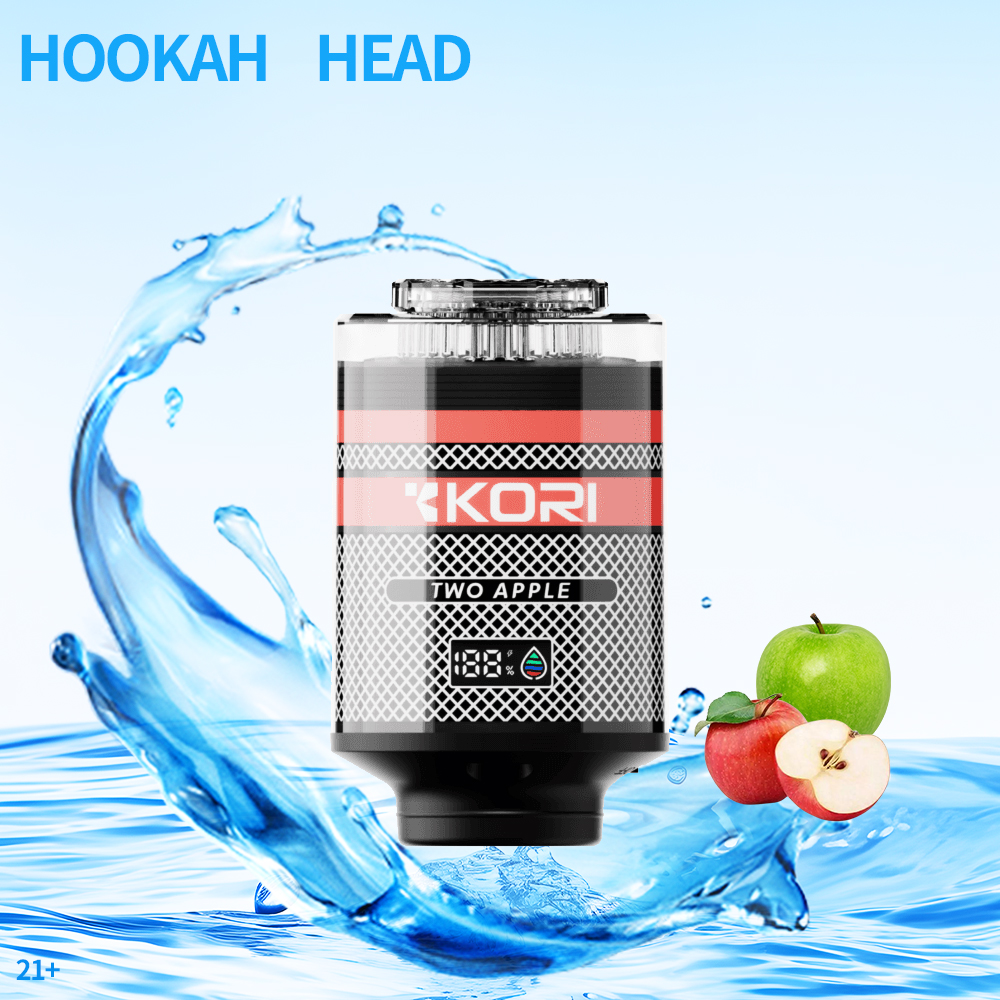What Happens to Unused Vapes? Insights from Vape Shops
As vaping continues to grow in popularity, questions around the sustainability and environmental impact of vape products become increasingly pertinent. One such question frequently asked by consumers, especially those looking for responsible consumption practices, is: what happens to unused or disposable vapes at vape shops? In this article, we delve into the inner workings of vape shops, exploring their practices regarding unsold, returned, or discarded vapes, while also touching on the environmental implications of these products.
The Journey of Vape Products
Vape products have a unique lifecycle, starting from manufacturing and transportation to retail and, eventually, end of life. Each stage of this lifecycle carries an impact on the environment and raises questions on sustainability. Vape shops, as retail points for these products, play a critical role in determining how unused or unsold products are managed.
1. Manufacturing and Transportation
The manufacturing of vape devices and liquids involves various materials, including plastics, metals, and chemicals. These components, when paired with the transportation of goods to retail outlets, already strain the environment. As vape culture continues to expand, the influx of disposable vapes raises concerns about how the industry manages this surplus.
2. Retail Practices in Vape Shops
When vape shops receive new inventory, they must ensure that their products are not only appealing but also responsibly managed. This often includes following guidelines regarding returns and unsold items:
- Return Policies: Many vape shops have policies in place to return defective or unsold products to the manufacturer. These products, if unused and within the store's return period, can often be sent back for refurbishment or recycling.
- Promoting Responsible Usage: It’s not uncommon for vape shops to encourage customers to only purchase what they will use, helping to minimize wastage at the source.
What Happens to Disposable Vapes?
Disposable vapes are a significant part of the vaping market, particularly among new users. But what happens to these products once they have been used or if they remain unsold on the shelves?
1. Unsold Products
For vape shops, unsold disposable devices pose a challenge. Stores often must grapple with what to do with products that have reached their shelf life but can no longer be sold. Such products may be:
- Donated: Some shops choose to donate unused products to vape education programs, offering insights instead of disposing of the products outright.
- Recycled: Innovative vape shops are beginning to partner with recycling programs to break down components of vapes, ensuring that materials such as plastics and metals are reused rather than discarded.
2. Used Devices
Once a disposable vape has been used, it presents a more complicated scenario. Due to the nature of the materials used in their construction, these devices typically cannot simply be thrown away. A responsible vape shop will often:
- Encourage Proper Disposal: Vape shops may offer information on how to properly dispose of used devices, advocating for users to look out for e-waste recycling bins.
- Set Up Collection Programs: Some vape shops have initiated programs that allow users to return their used vapes, which then can be processed for recycling.
Environmental Implications
Understanding what happens to vapes after their use not only helps inform consumers but also sheds light on broader environmental implications arising from the industry. With the rise of public awareness regarding electronic waste (e-waste), more consumers are looking for sustainable options.
1. The Impact of Plastic Waste
Many vaping devices are made from plastic. When improperly disposed of, these materials can end up in landfills, where they take decades to decompose. Vape shops have a pivotal opportunity to lead the charge in promoting sustainable practices, whether that means offering biodegradable alternatives or recycling initiatives.
2. Chemical Leakage Concerns
Another pressing concern is the chemical leakage from used vape devices. Batteries in vapes can be hazardous and potentially leak toxic materials if not disposed of correctly. Vape shops can mitigate this issue by implementing collection programs to safely handle the disposal of these batteries.
Consumer Responsibility
While vape shops can play a crucial role in managing vape products, consumer responsibility is equally important. Individuals must be proactive in handling disposable vapes:
- Research Proper Disposal: Many local governments have guidelines for electronic waste. Consumers should educate themselves on the best practices in their area.
- Participate in Recycling Programs: Consumers should take advantage of any recycling programs offered by their vape shops, ensuring their used devices are disposed of in an environmentally friendly manner.
The Future of Vape Disposal Practices
As the vaping industry continues to evolve, so too must the practices surrounding waste disposal and product lifecycle management. Regulatory bodies may begin to impose stricter guidelines regarding the disposal of vaping products, compelling manufacturers and retailers to innovate. The trend towards sustainability is prompting more vape shops to adopt practices that consider environmental impact seriously.
A New Era of Technology
Advancements in technology may yield better disposal and recycling options for vape products. Innovations in materials are leading to biodegradable components, while improved recycling methods can be developed to address current inefficiencies in e-waste processing.
Your Role as a Vaping Consumer
The responsibility does not solely reside within vape shops or manufacturers; it extends to you, the consumer. Staying informed about how to manage used or unsold vaping devices reflects a commitment to sustainability. As such, more consumers are taking the initiative to demand better products with less environmental impact from their favorite brands.
In summary, while vape shops may manage the day-to-day operations surrounding vape products, they also hold a significant responsibility for addressing the environmental consequences of these devices. By fostering a culture of sustainability and encouraging proper disposal methods, consumers and retailers together create a more responsible vaping ecosystem.





